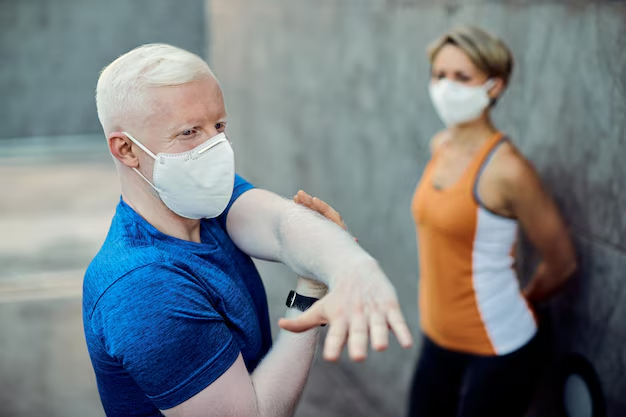Discover Effective Approaches to Managing Osteoporosis
Osteoporosis may not have a single one-size-fits-all cure, but armed with the right approaches, managing and even reversing bone loss is within reach. As a condition characterized by weakened bones that are more prone to fracture, understanding its management can empower those affected to live a healthier life.
Understanding Osteoporosis
Before diving into solutions, it's crucial to grasp what osteoporosis entails. This condition often develops silently, earning its reputation as a “silent disease.” Many are unaware of any issues until a fracture occurs. Osteoporosis primarily affects older adults and is more common in women, particularly post-menopause, due to decreased estrogen levels. However, young people shouldn’t feel exempt; family history, poor diet, and certain medications can contribute to early bone density loss.
Strategies to Combat Osteoporosis
1. Nutrition and Diet
A robust diet plays a vital role in maintaining bone health. Calcium and vitamin D are essential. Aim to incorporate plenty of dairy products, leafy greens, and fortified cereals. For those who may have dietary restrictions, supplements can help fill the gap, though consulting a healthcare provider is advised for personalized recommendations.
2. Exercise Regularly
Regular physical activity strengthens bones. Activities like weight-bearing exercises, such as walking, jogging, and strength training, stimulate bone production. Balance exercises can also reduce falls, a common consequence of osteoporosis.
3. Medications and Treatments
While natural methods are beneficial, sometimes medical intervention becomes necessary. Several medications can help slow down bone loss or promote bone growth. Bisphosphonates are commonly prescribed and have been effective for many individuals in reducing fracture risk.
4. Lifestyle Changes
Small shifts in daily habits can make a significant difference. Quit smoking and reduce alcohol intake as both can contribute to weakened bones. Regular check-ups and bone density tests are crucial for monitoring bone health.
5. Holistic and Alternative Therapies
Though they shouldn’t replace conventional treatments, yoga and tai chi can complement your osteoporosis management plan. They enhance balance and flexibility while reducing stress levels.
Exploring Financial and Support Resources
Navigating Treatment Costs
Managing osteoporosis effectively can sometimes bring about financial strain. Fortunately, several resources are available to provide ease and support:
- Government Aid Programs: Programs like Medicare sometimes cover bone density tests and other associated treatments.
- Financial Assistance: Some non-profit organizations offer financial aid for individuals needing help covering medical expenses.
- Educational Grants and Resources: Staying informed is pivotal. Online courses and community programs can provide free or low-cost education on osteoporosis management techniques.
Debt Relief and Credit Solutions
Medical costs can inadvertently contribute to financial stress. Explore these solutions:
- Debt Relief Options: Look into reputable credit counseling agencies for advice and support if you face overwhelming medical bills.
- Credit Card Solutions: Some credit cards offer introductory 0% interest periods for managing medical expenses, reducing immediate financial burdens.
Financial and Educational Resources Table
- 💡 Government Aid Programs: Medicare, Medicaid
- 💰 Financial Assistance: National Osteoporosis Foundation grants
- 📚 Educational Opportunities: Online health courses, community workshops
- 💳 Credit Card Solutions: Cards with 0% APR on medical expenses
- 🔄 Debt Relief Options: Credit counseling services, debt consolidation plans
By integrating effective treatment strategies with financial planning, managing osteoporosis becomes a comprehensive endeavor. Though complex, a proactive approach armed with knowledge and resources can lead to a healthier, more secure future.

Related Topics
- a Nurse Is Caring For a Client Who Has Osteoporosis.
- a Percutaneous Is Performed To Treat Osteoporosis Related Compression Fractures
- Can Alcohol Cause Osteoporosis
- Can I Do Pilates If I Have Osteoporosis
- Can I Reverse Osteoporosis
- Can Men Get Osteoporosis
- Can Osteoporosis Affect Teeth
- Can Osteoporosis Be Cured
- Can Osteoporosis Be Painful
- Can Osteoporosis Be Reversed